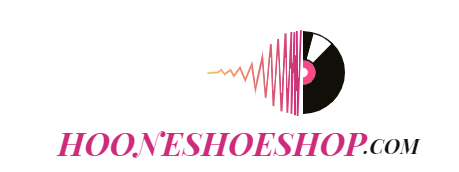Marketing emails have been around almost as long as the Internet. While there are spam filters and programs that block unwanted messages from a person’s inbox, a successful email marketing campaign will benefit both the recipient as well as the sender. Read the tips presented here to find out ways to maximize the potential of your email marketing efforts.
When sending a email as part of your marketing campaign, do not use a casual font. You want customers to take your product or business seriously, and they probably will not do that with an uncommon font. Pick out a font that is well known, such as Times Roman Numeral, Arial or Verdana.
Insert a link to your subscription form into your marketing newsletters. That way, if your customers forward marketing emails to their friends, their friends can easily subscribe to your list too. Using this strategy makes it easy for you to build a large list of potential customers who have agreed to receive your marketing emails.
To keep your email recipients engaged, use various sequences for different types of readers. For example, if you get an email address from a sale, that customer should receive a very distinctive welcoming email than a reader whose email you received from a lead. If readers aren’t getting what they want from emails, then they simply won’t read them.
Use passive and active feedback to make your email marketing better. Readers should be asked to provide suggestions and opinions when offering active feedback. You should also use passive feedback, which is more subtle. Many tools and software allow you to see how many of your emails were opened and how many people clicked on links.
Make it easy for people to unsubscribe from your list. This might seem counter-productive since you don’t want your customers to lose interest and leave. However, if your customers aren’t interested in your newsletters anymore, they might get annoyed if they can’t easily unsubscribe. Provide a large button or link so that customers who have lost interest can find it without an extensive search.
Put real consideration into where you place links in your marketing newsletters. For example, you don’t want to send readers away from your email before you give them their call to action. You also don’t want to put your priority links at the end of an email where they may be overlooked.
Do not take up permanent residence in your readers inboxes. Remember that they email for a number a reasons, from work to family. You are probably sharing that space with other marketers. Send out messages often enough to stay on their mental radar, but more than once a week is probably going to annoy them and backfire.
Rather than purchasing or renting a mailing list, build your own from the ground up. You can do this by including opt-in forms on your website, gathering business cards at conventions or other industry events, and encouraging your subscribers to share your emails with others, which can garner even more subscribers.
Your email campaign needs to garner attention. Finding the right approach may take some experimentation. Change items that don’t work and replace them with those which have proven to be successful. Even if a particular technique does seem successful, continue trying new strategies to constantly improve your campaign.
Do not send out rough drafts of your content. Write out what you want to say, and then cut the word count in half and rewrite to fit within your new limit. This generates messages that get to the point. Readers want to spend no more than three paragraphs of time reading your message, and maybe not even that.
Do not worry about anti-spam filtering when you compose your marketing emails. You need not avoid any particular phrases or use exotic spelling and punctuation in words like “free.” As long as you are not sending out unsolicited emails, you have already cleared the spam filter hurdle. Write for people instead of machines.
Be sure to ask permission to be able to send information to someone’s email. When asking, be sure to offer something in return. Turn it into something that your customers will look forward to checking instead of dreading it. This will keep your emails from looking and feeling like spam.
Emphasize the benefits of your product or service whenever possible. Subscribers will want to know what’s in it for them, so tell them–in the subject line, in your links, and in your content. Your subscribers will be much more interested in your message if they feel that it can help them in some way.
It is important to make your emails as personal as possible. Form letters will only earn you deleted messages and blocked addresses by your subscribers. Putting in their name is simple, but take it one step further. You need to understand when, where, and why they chose to sign up. Apply this knowledge in creating a personalized message.
When done properly, a client won’t even realize they are being marketed. They will anticipate receiving your messages if you offer something that is worthwhile. Growing your brand is only one benefit of this technique, it also adds value to your service as a whole and helps your business to succeed. This means that you will have loyal customers who are glad to spend money on the products and services that you provide. Use these tips to increase your email marketing campaign’s rate of success.



